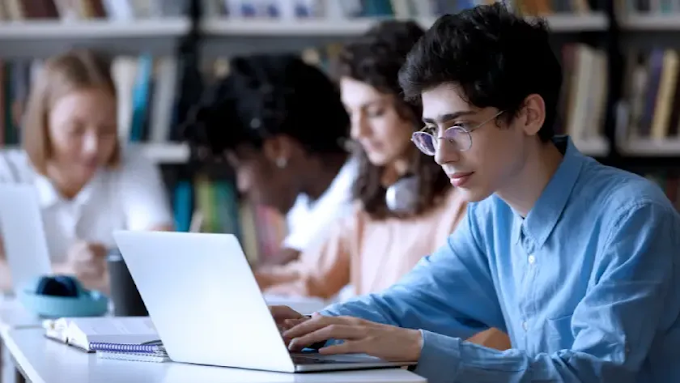Breaking Barriers: How EdTech is Making Education Accessible to All
Education is a fundamental right, yet millions of people worldwide face barriers that prevent them from accessing quality learning opportunities. From geographical isolation to physical disabilities and economic challenges, these obstacles have long hindered equitable education. Enter education technology (EdTech)—a powerful tool for breaking down these barriers and creating an inclusive, accessible learning environment for all.
The Challenges of Accessibility in Education
Access to education remains uneven due to:
Geographical Barriers: Remote and rural areas often lack schools and educational infrastructure.
Economic Disparities: High tuition fees, technology costs, and limited resources make education unaffordable for many.
Physical Disabilities: Students with disabilities often face a lack of adequate support and accessible learning materials.
Cultural and Linguistic Differences: Diverse populations require content tailored to their unique needs.
EdTech is stepping in to address these challenges and foster equity in education.
How EdTech is Breaking Barriers
1. Digital Learning Tools for Remote Areas
EdTech bridges geographical gaps by bringing education to students in remote regions. Online platforms and mobile apps allow learners to access quality content, participate in virtual classrooms, and engage with educators from anywhere in the world.
2. Affordable and Scalable Solutions
Many EdTech platforms offer free or low-cost resources, making education more affordable for students from low-income backgrounds. Scalable digital solutions, such as Massive Open Online Courses (MOOCs), reach vast audiences, democratizing access to knowledge.
3. Assistive Technologies for Students with Disabilities
From screen readers and voice recognition software to adaptive keyboards and captioning tools, EdTech provides innovative solutions for students with disabilities. These tools empower learners to overcome physical and sensory limitations, ensuring inclusivity.
4. Localized and Multilingual Content
To cater to diverse cultural and linguistic needs, EdTech platforms are creating localized content in multiple languages. This approach ensures that students can learn in their native tongue and better connect with the material.
5. Flexible Learning Opportunities
EdTech offers flexible learning options, allowing students to learn at their own pace and on their own schedule. This is particularly valuable for working professionals, parents, and others juggling multiple responsibilities.
6. Collaborative Learning Environments
Interactive platforms and tools foster collaboration among students and educators, regardless of their physical location. Group projects, discussion forums, and real-time feedback enhance the learning experience and build a sense of community.
Success Stories in Accessible EdTech
Khan Academy: Provides free educational resources and personalized learning dashboards for students worldwide.
Byju’s: Offers interactive and engaging content for K-12 students, accessible via mobile devices.
Coursera: Partners with top universities to deliver affordable courses, making higher education accessible to millions.
Be My Eyes: Connects visually impaired users with sighted volunteers for real-time assistance through a mobile app.
The Future of Accessible Education
The EdTech industry continues to innovate, focusing on:
AI-Driven Personalization: Tailoring content and teaching methods to individual learners’ needs.
Increased Mobile Access: Expanding mobile-first solutions to reach underserved populations.
Global Collaboration: Encouraging partnerships among governments, NGOs, and EdTech companies to maximize impact.
Focus on Equity: Designing tools and resources with inclusivity at the forefront.
EdTech has the power-
EdTech has the power to level the playing field, ensuring that no learner is left behind. By addressing barriers to education and fostering inclusivity, it’s paving the way for a future where education truly is accessible to all. At Urbancode, we’re proud to champion innovations that promote equity in education and empower learners worldwide.






0 Comments